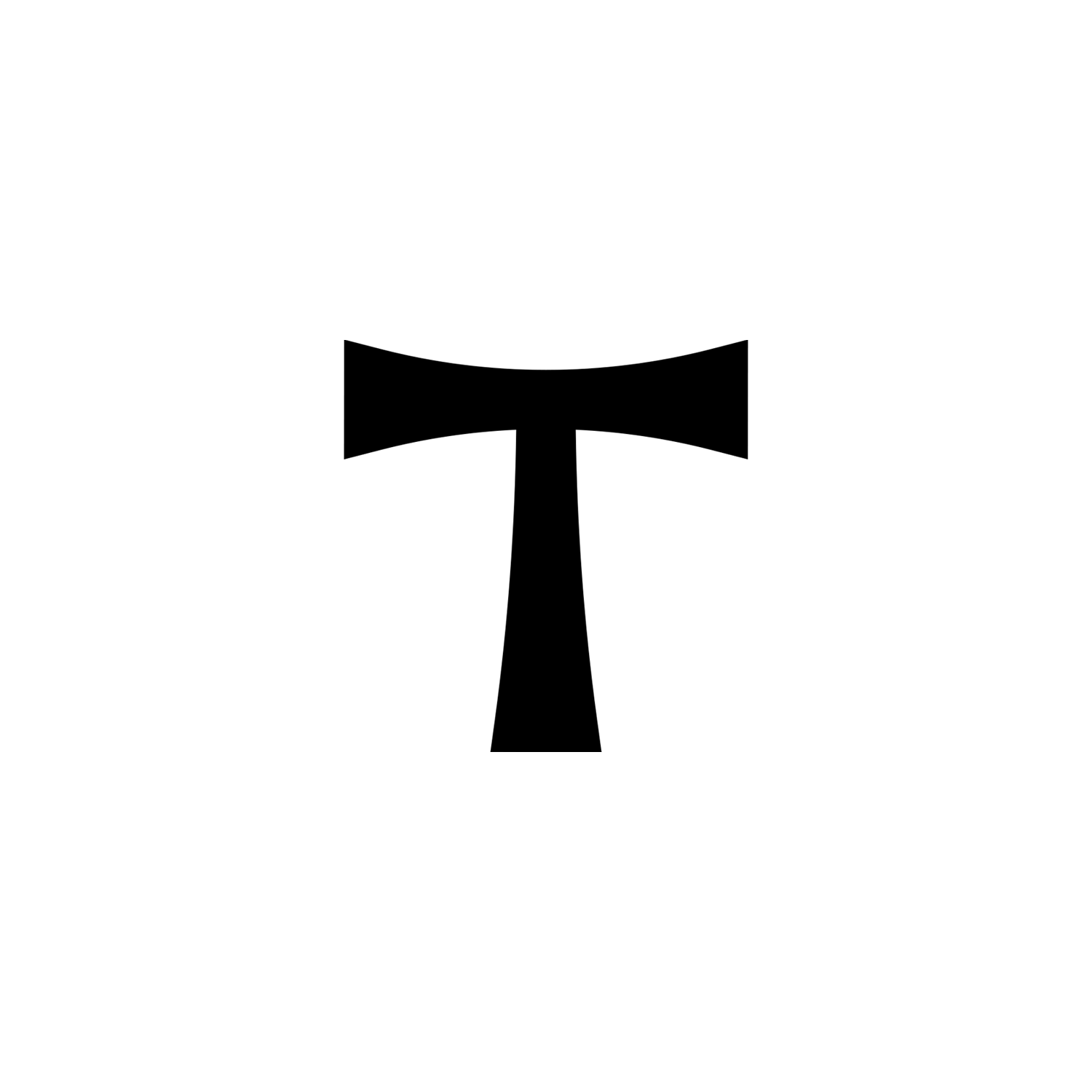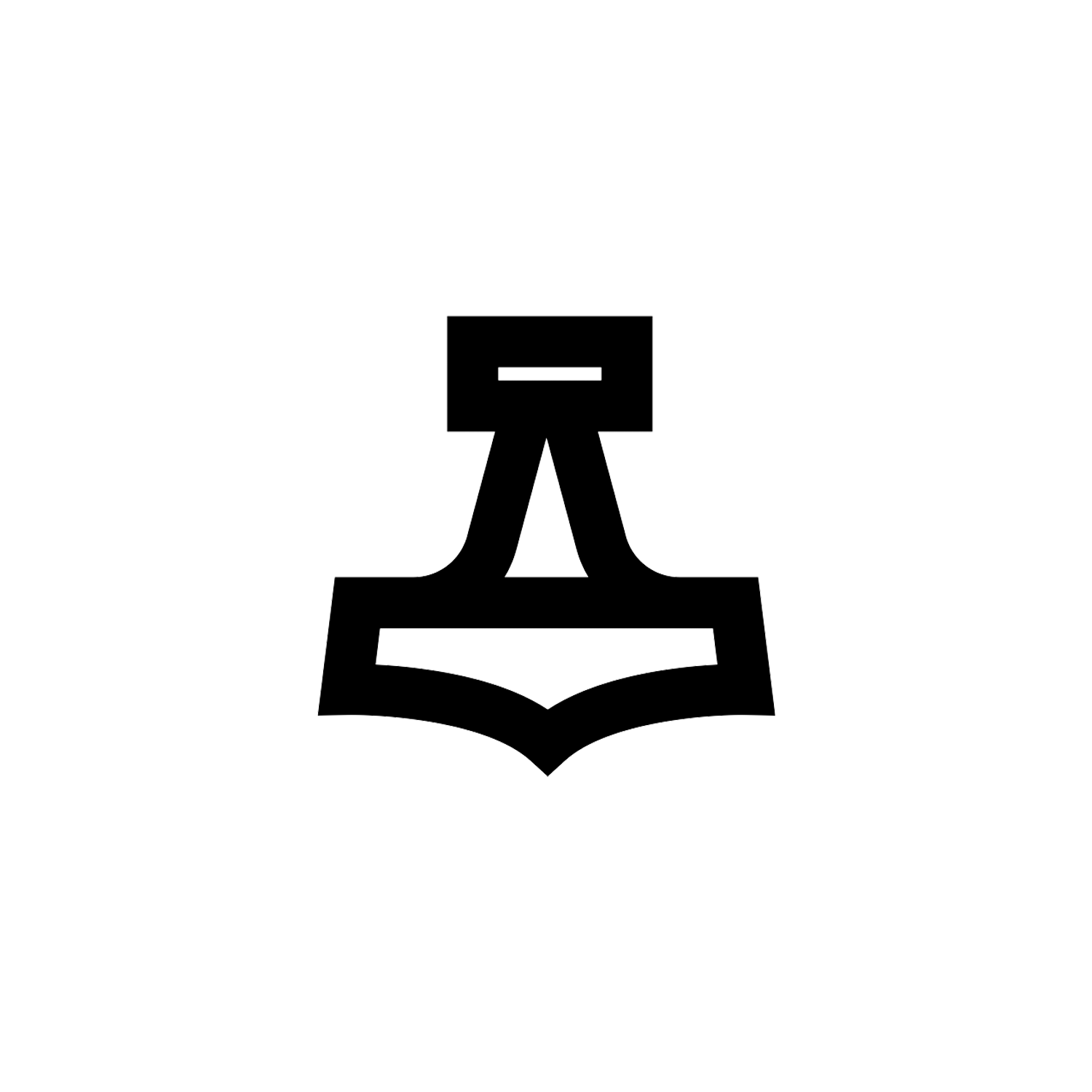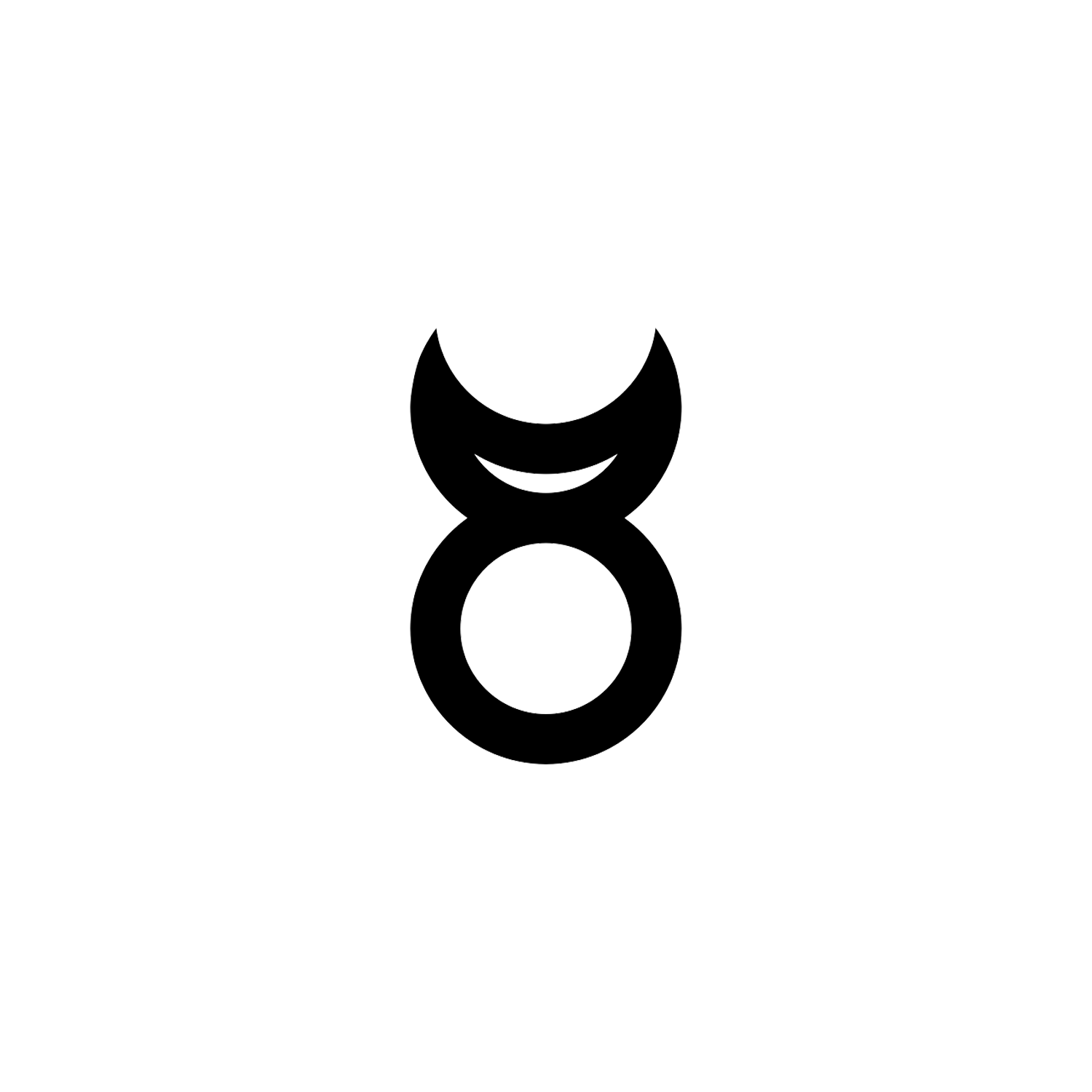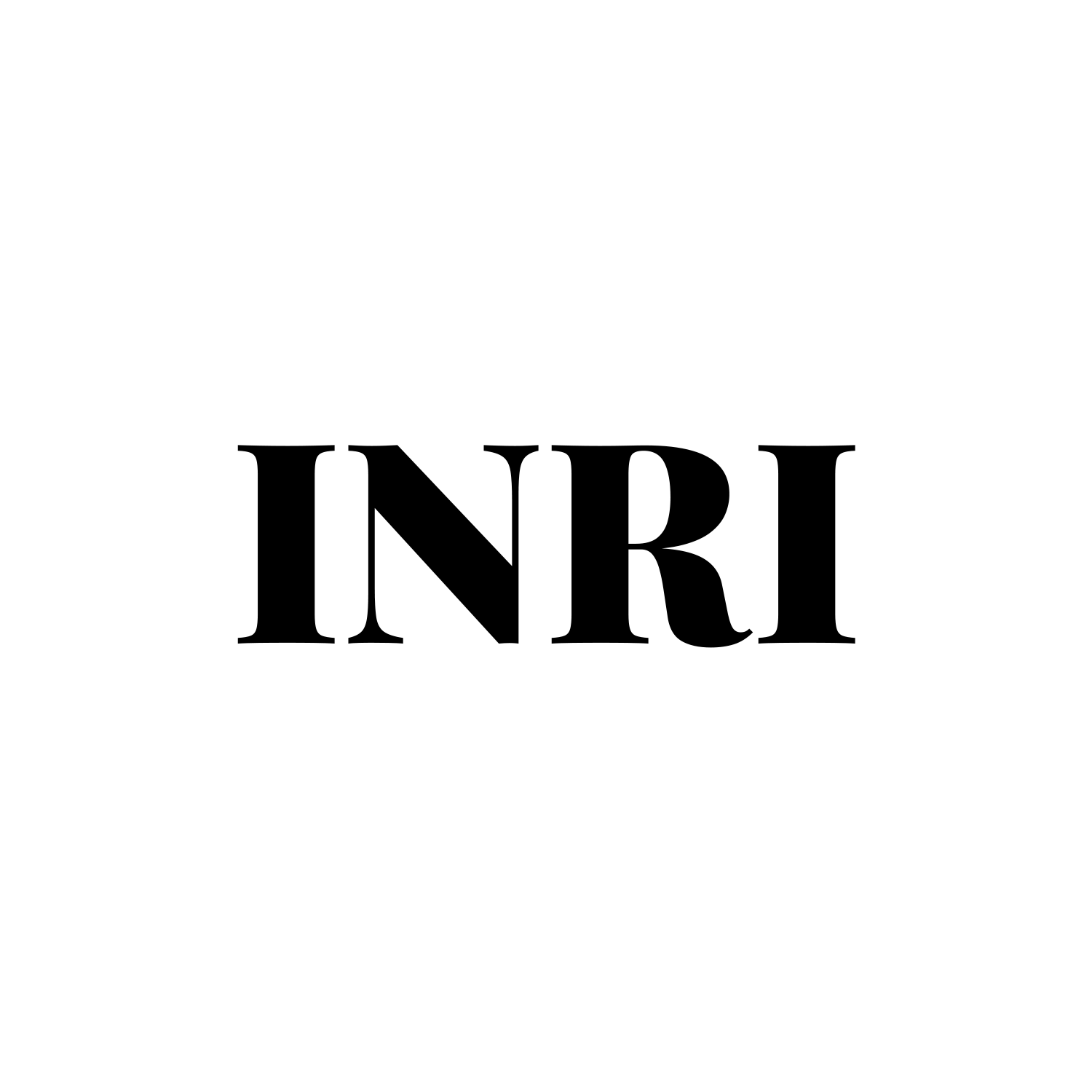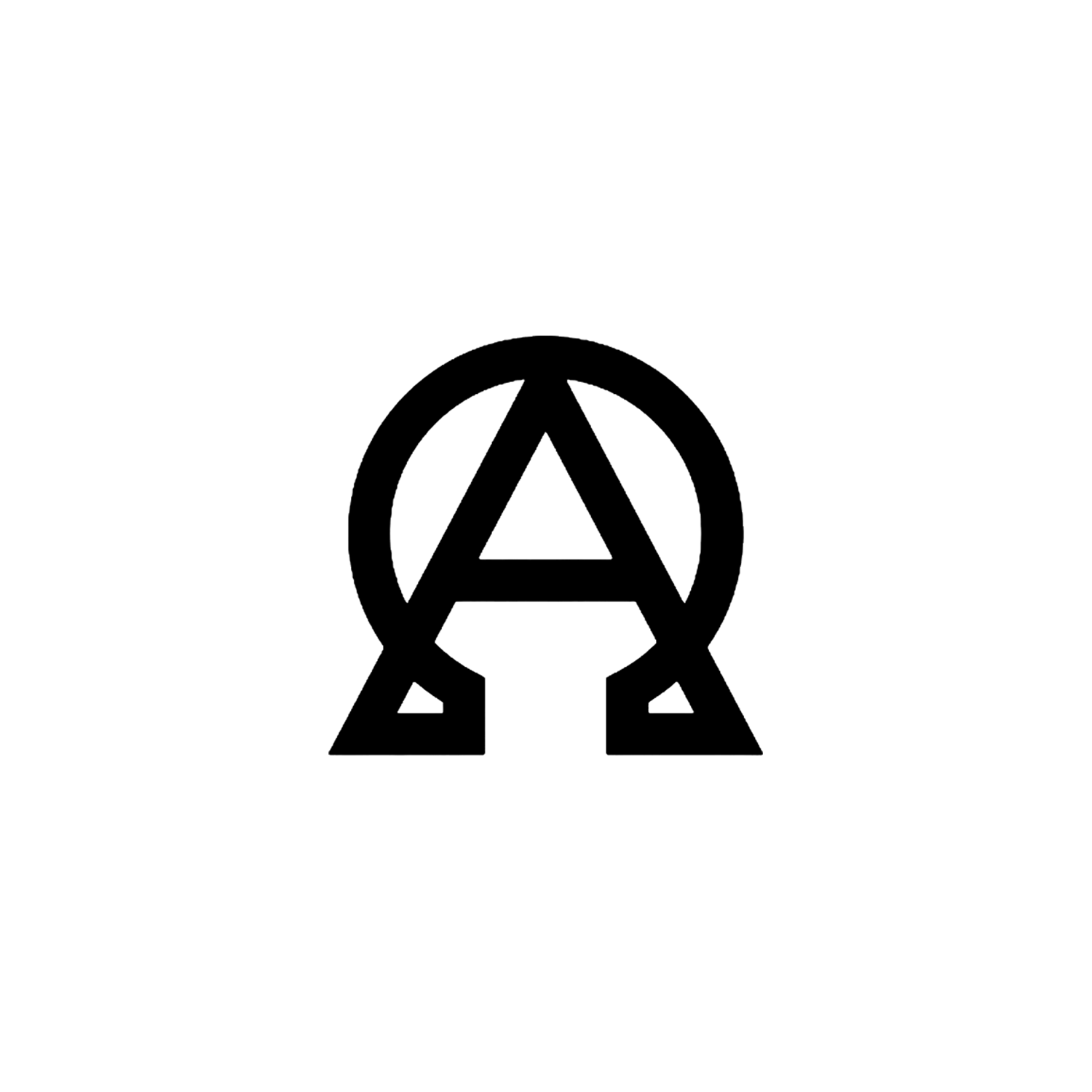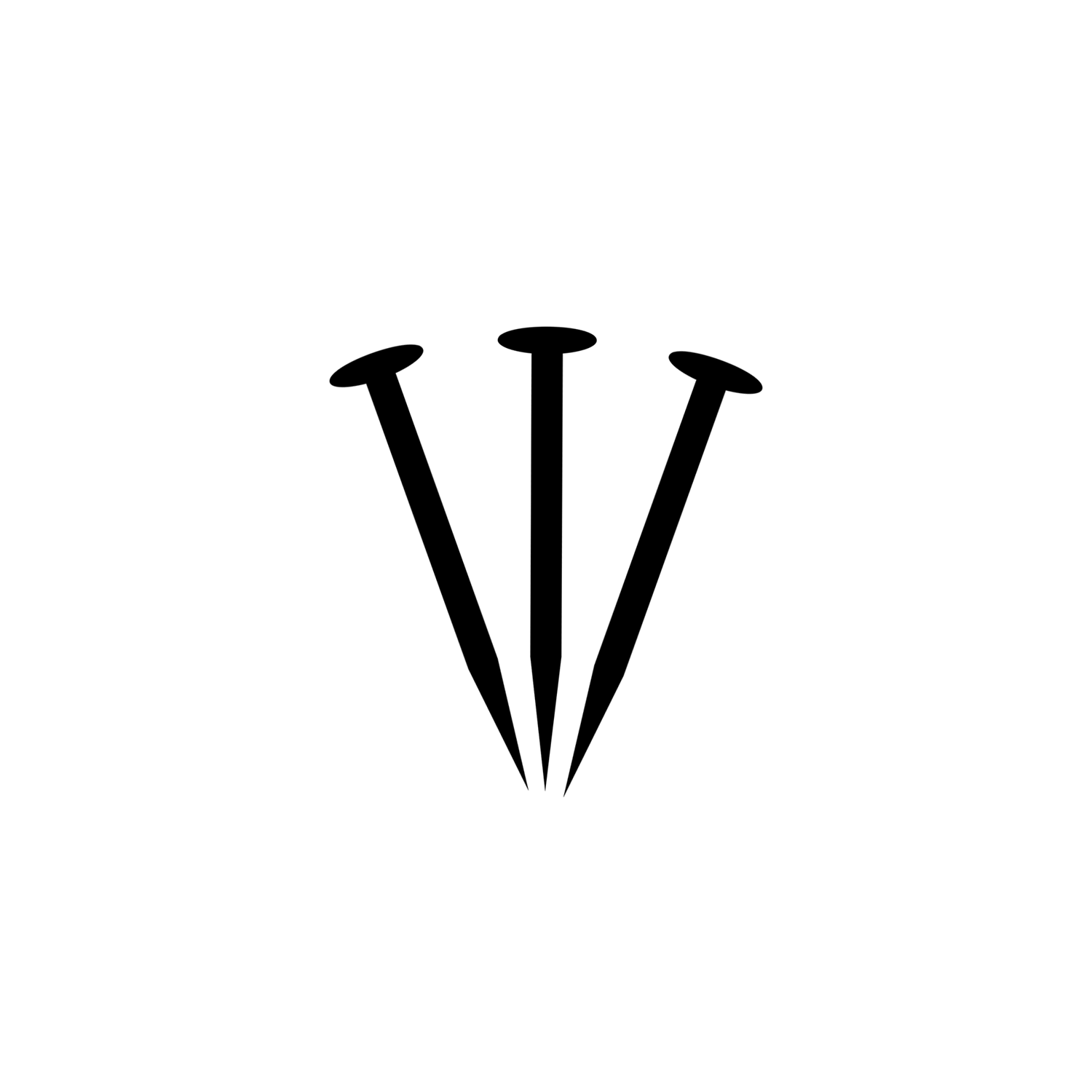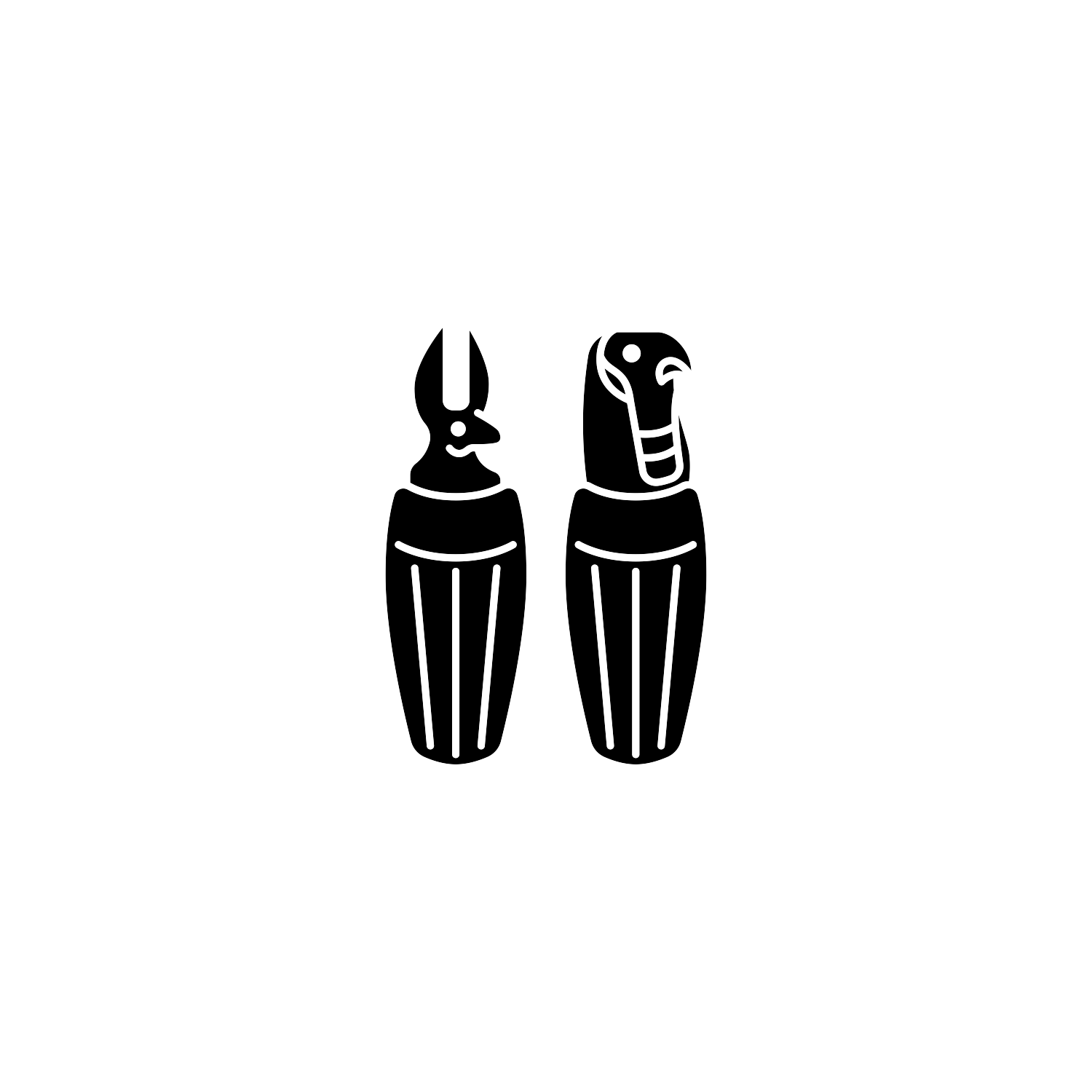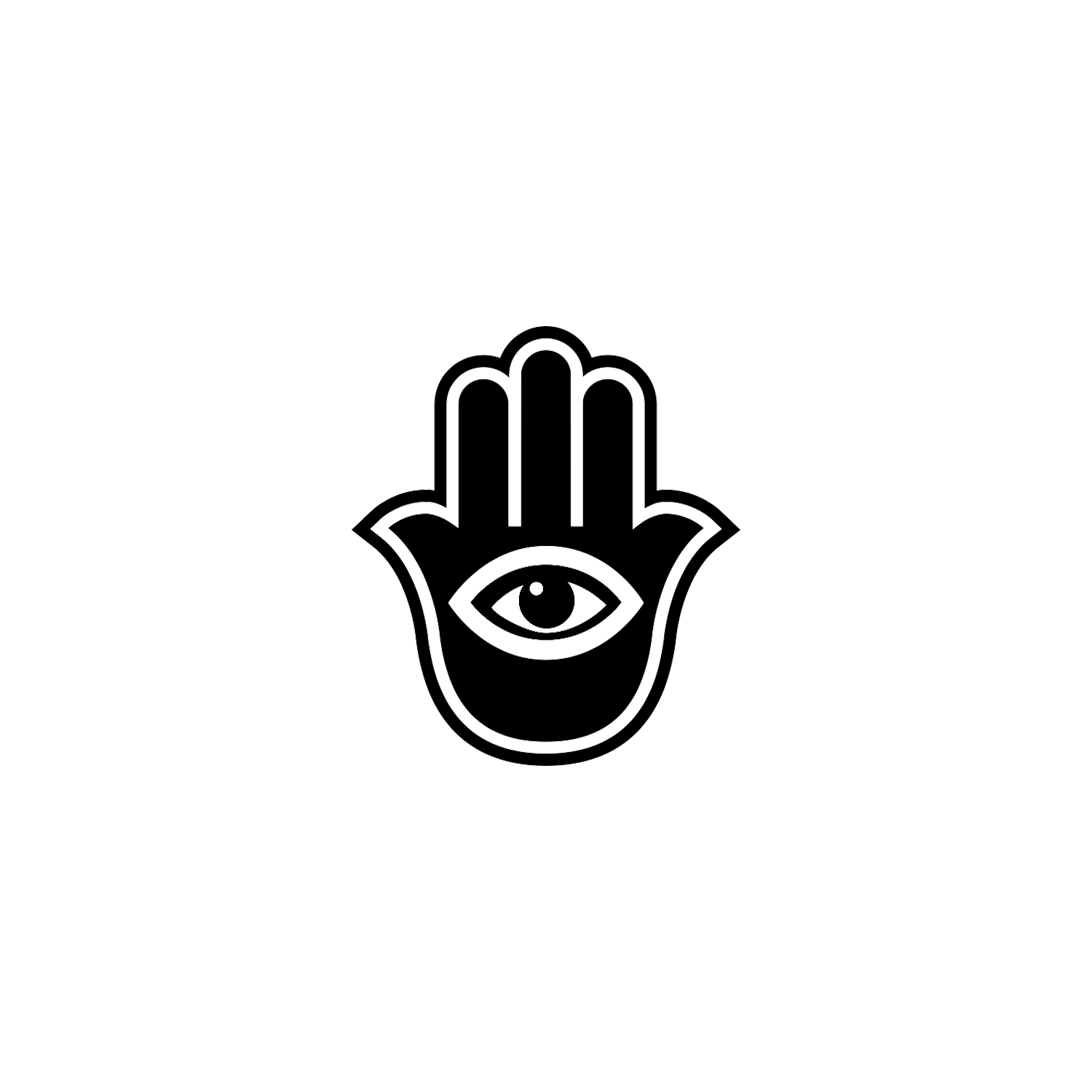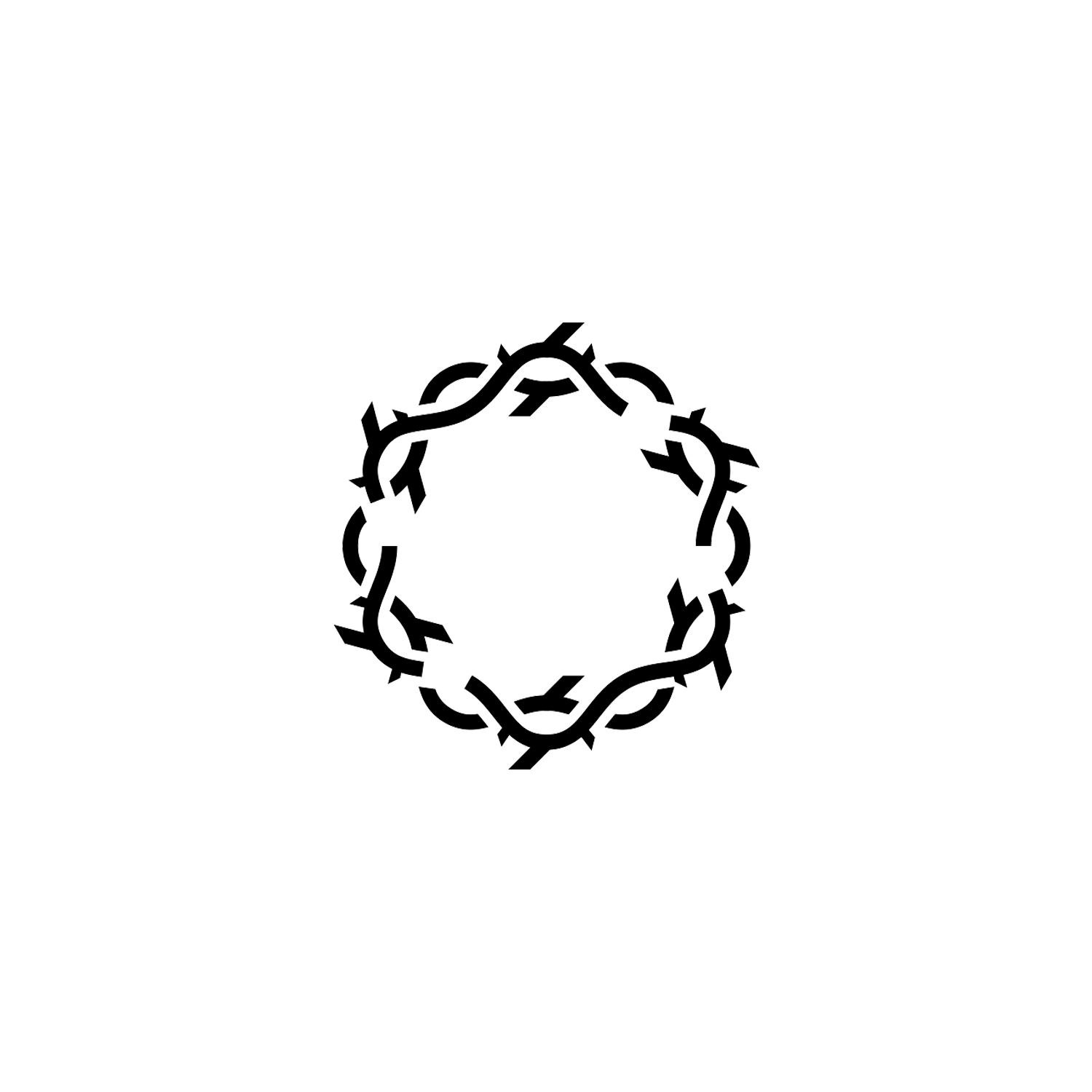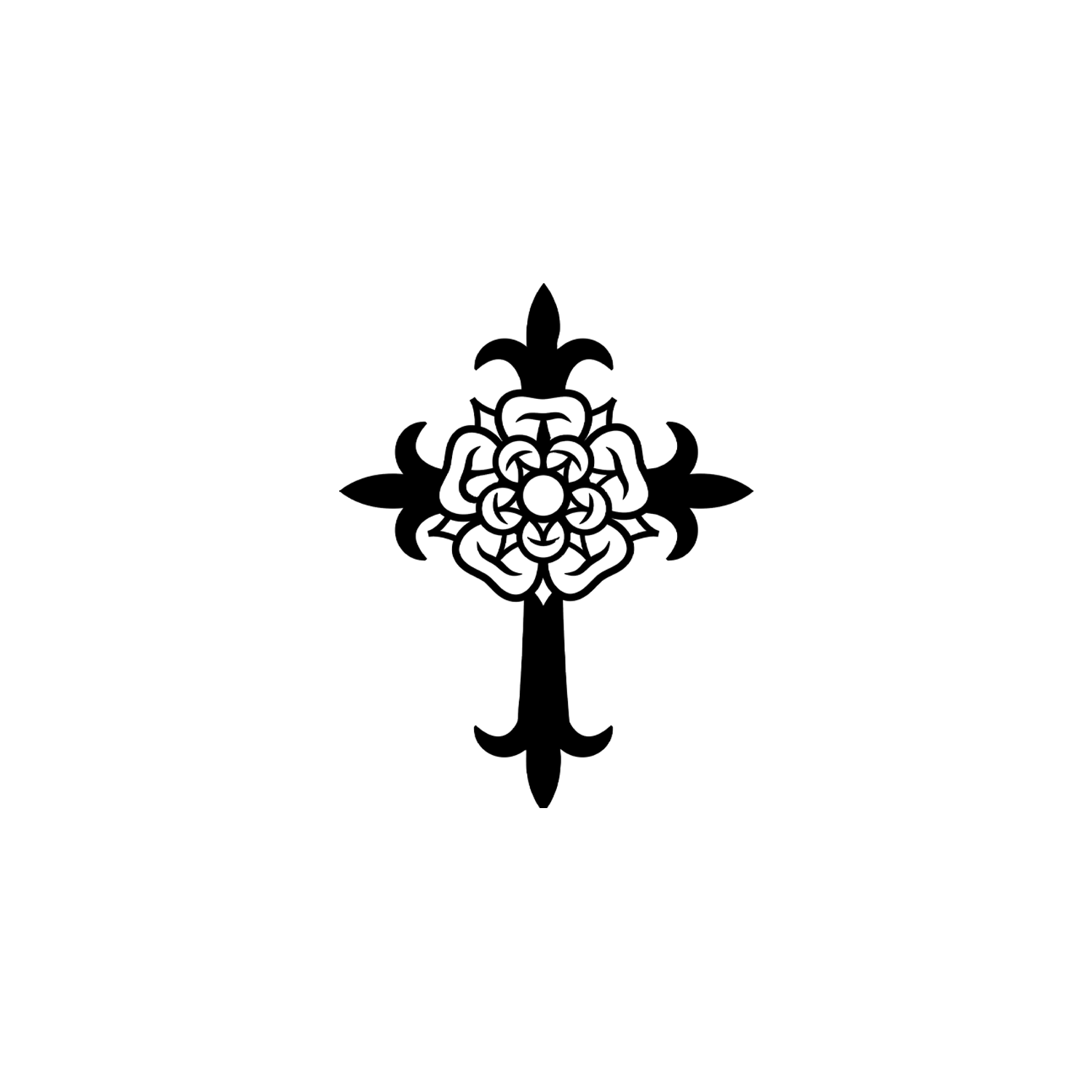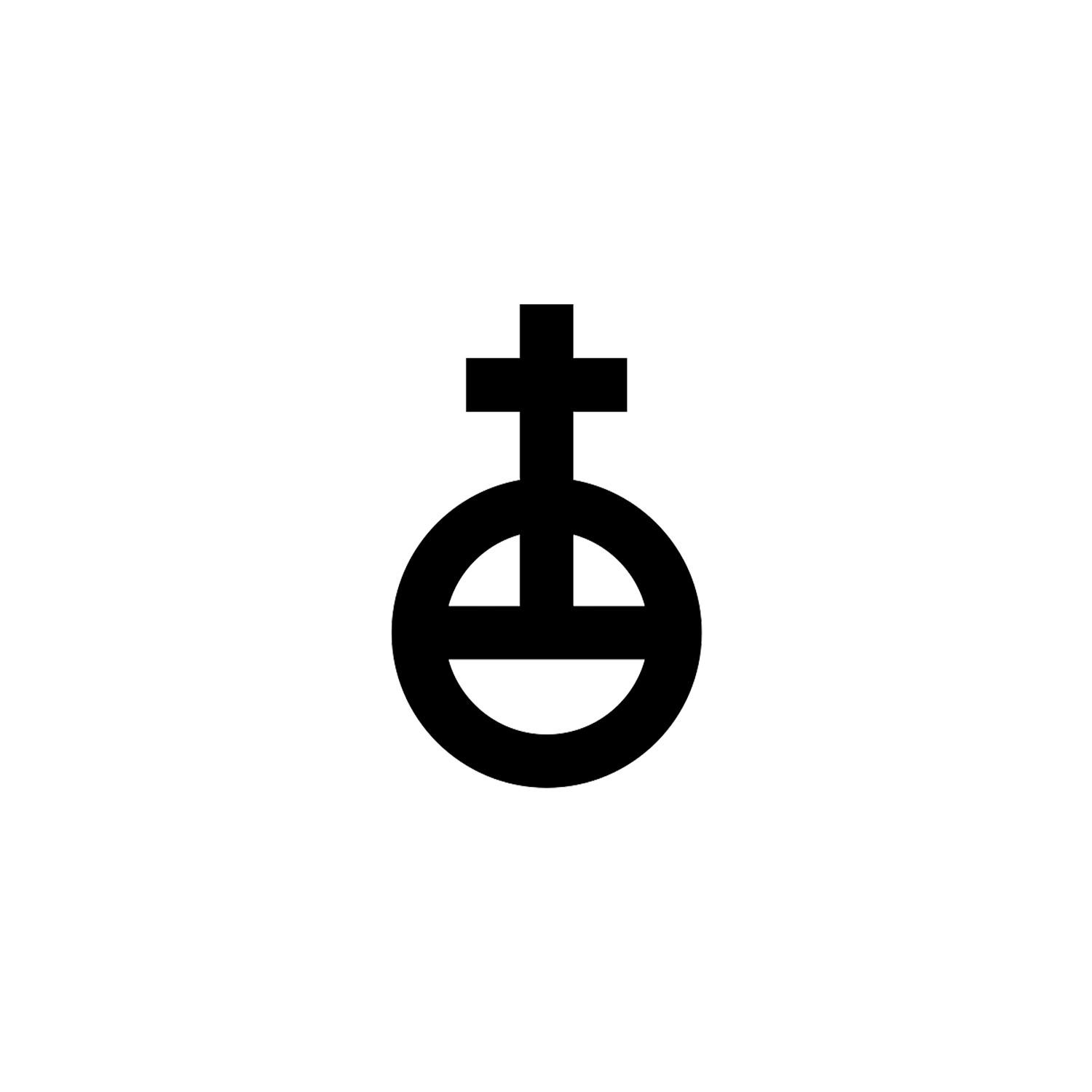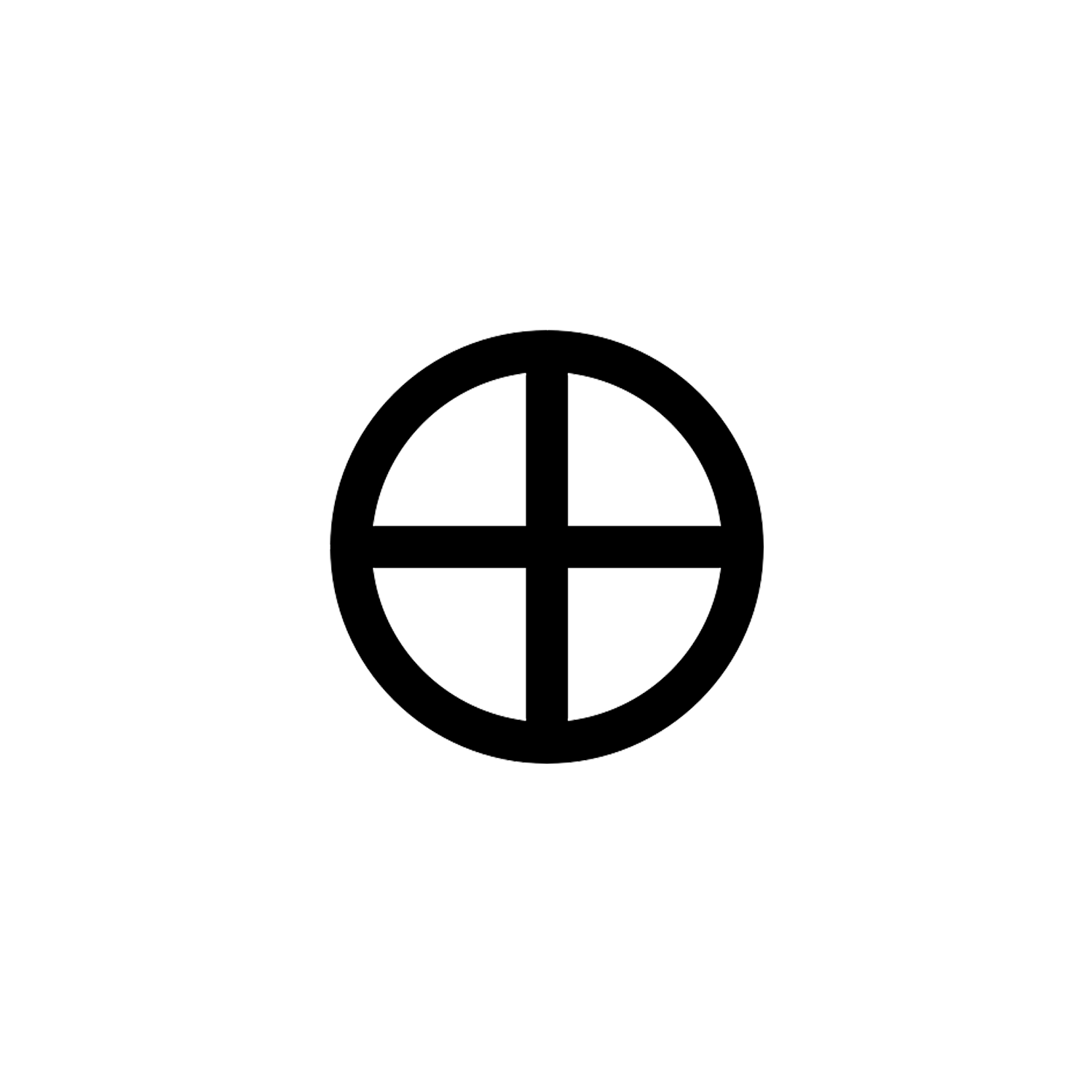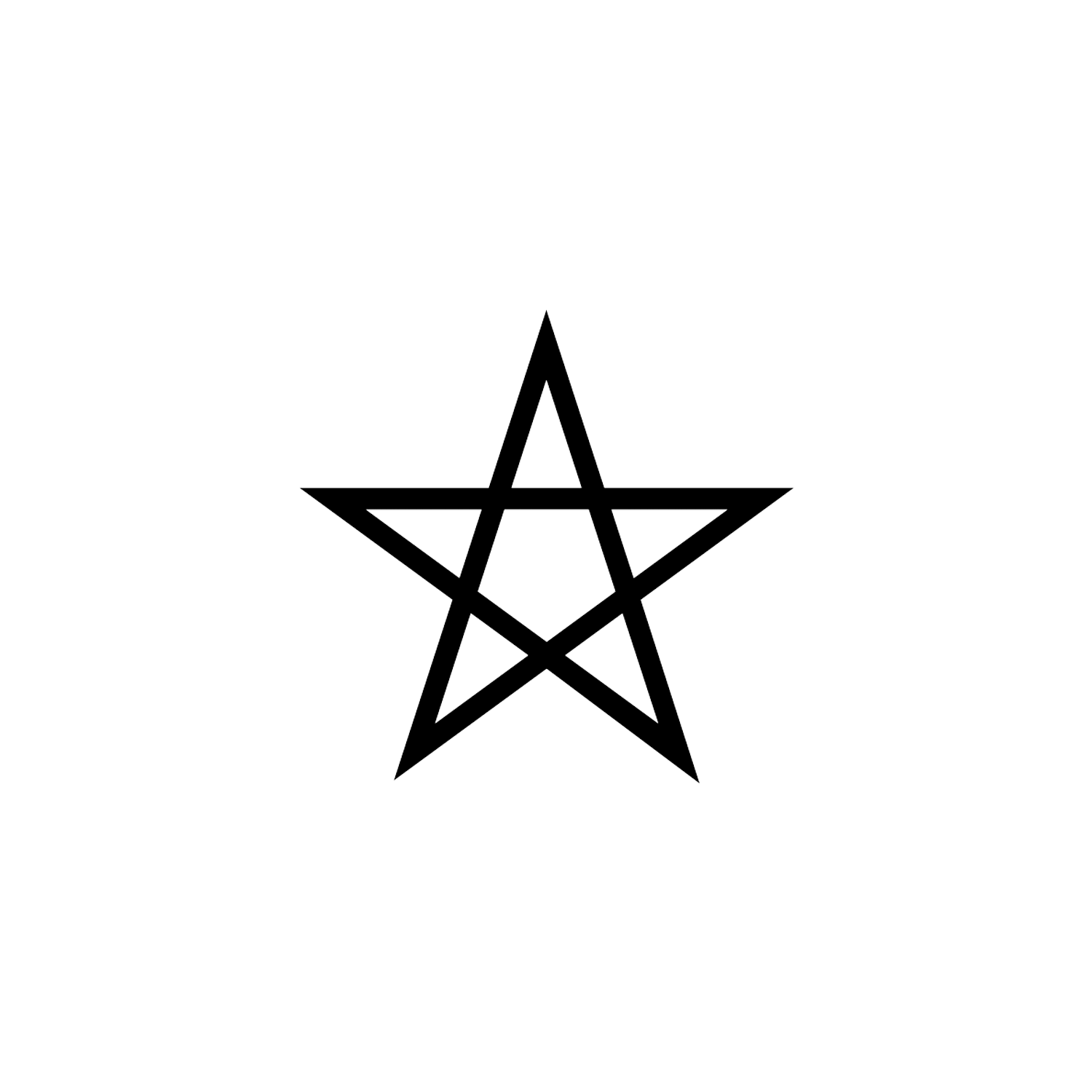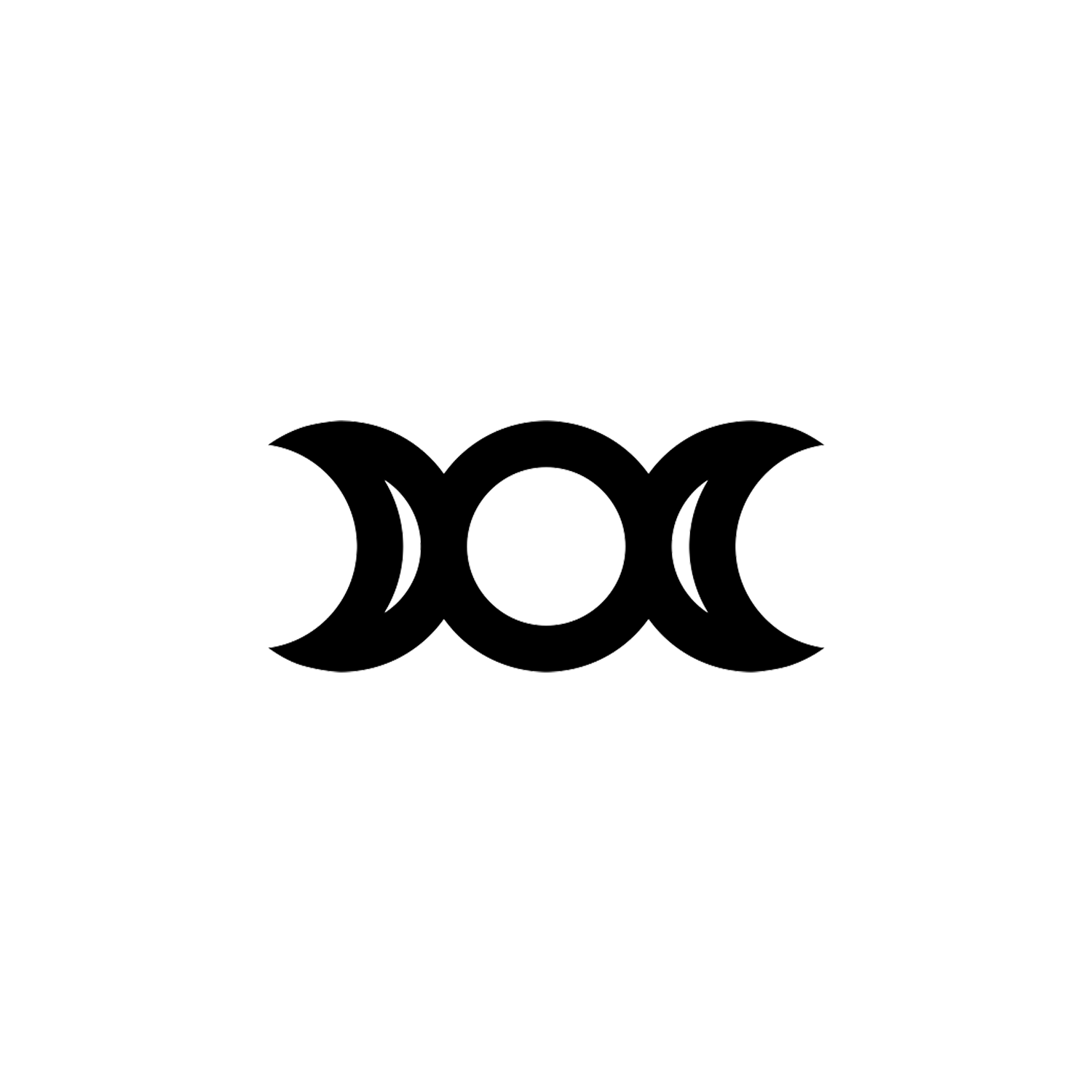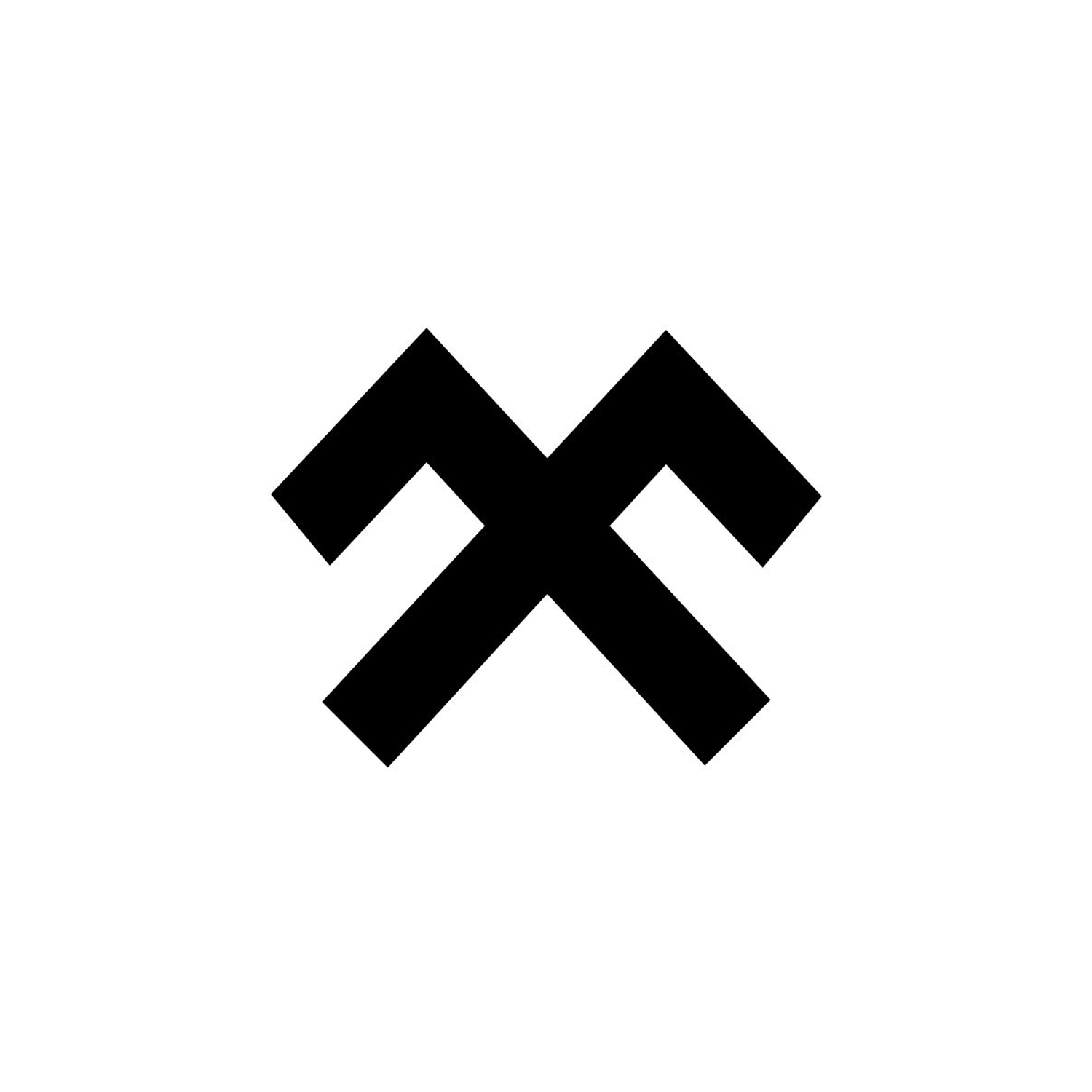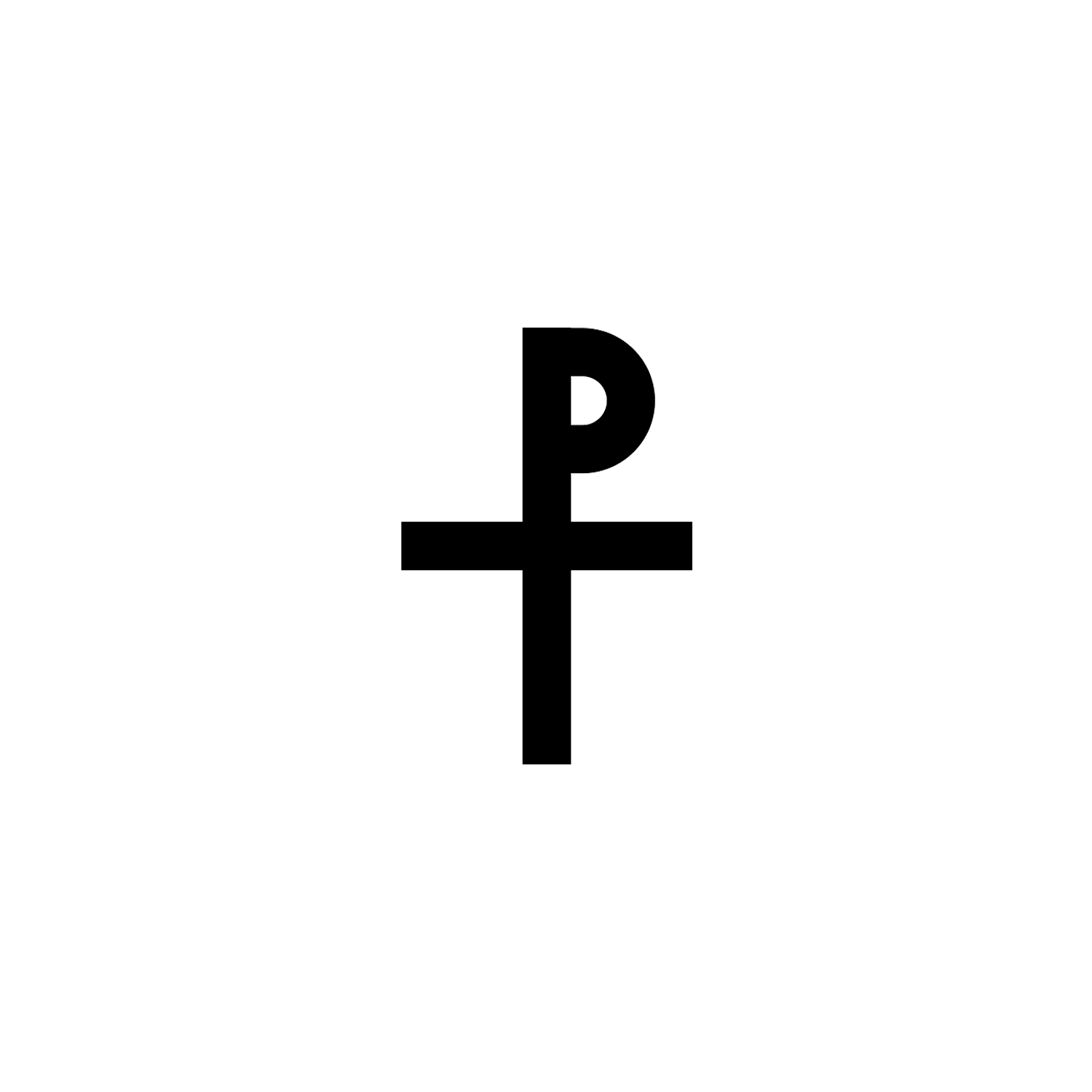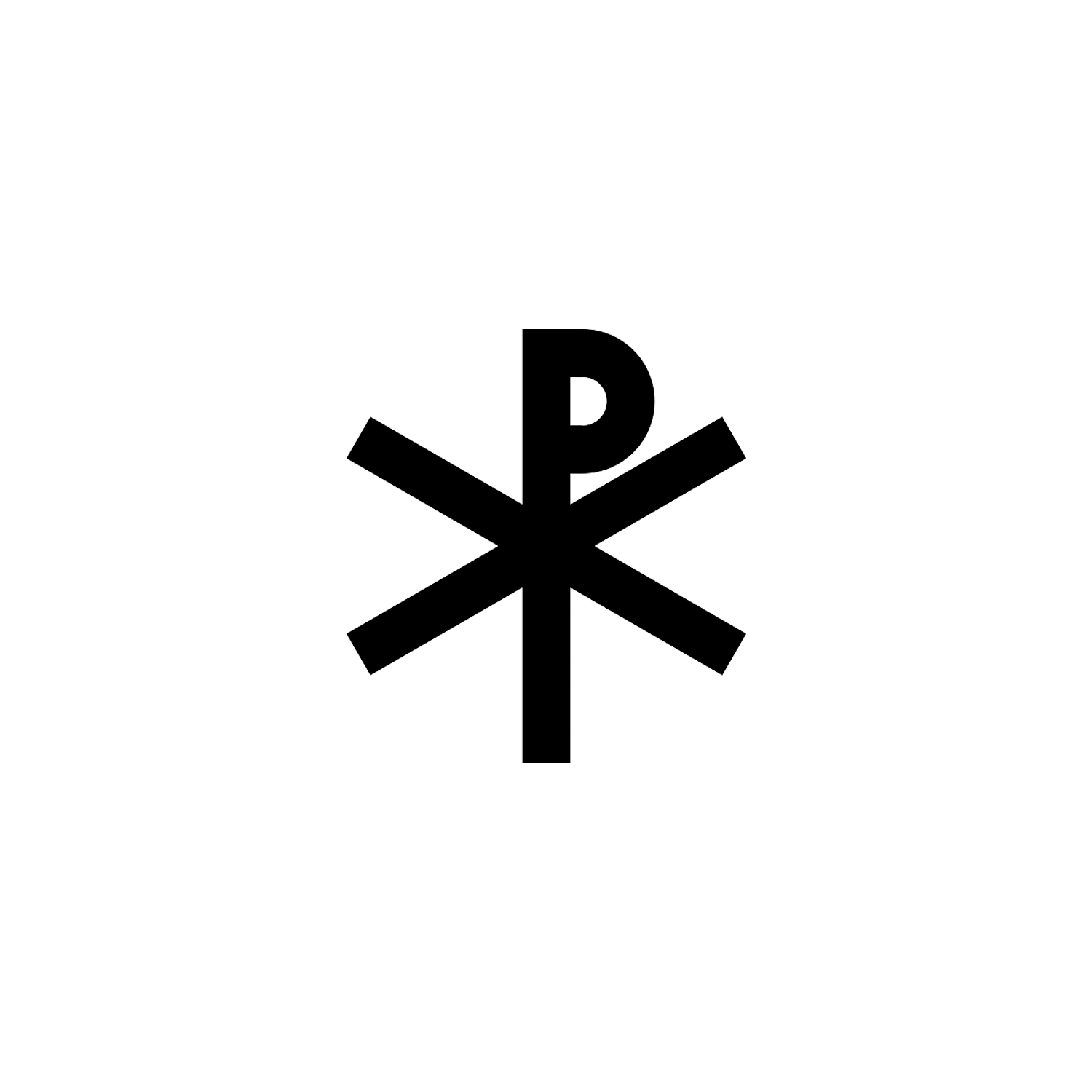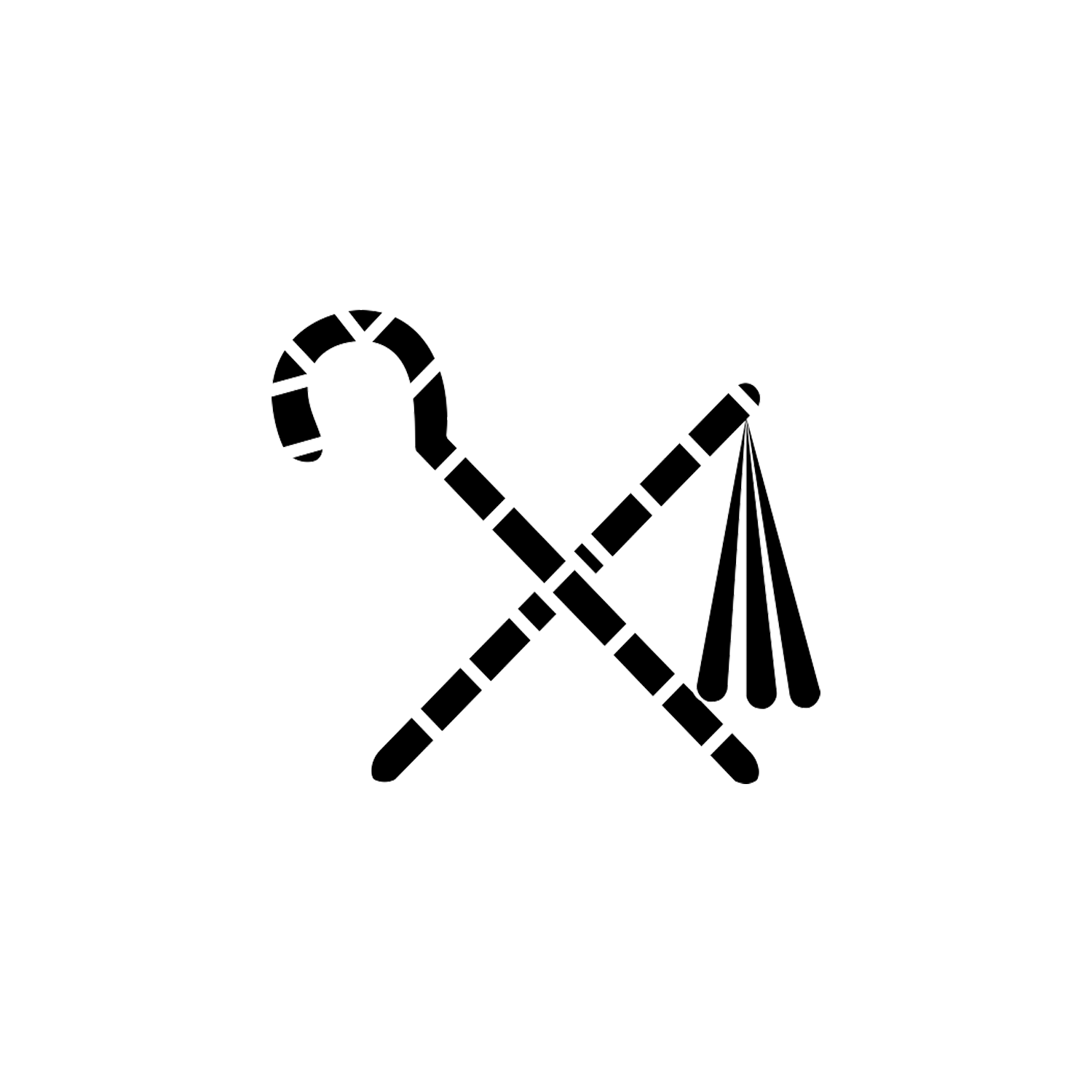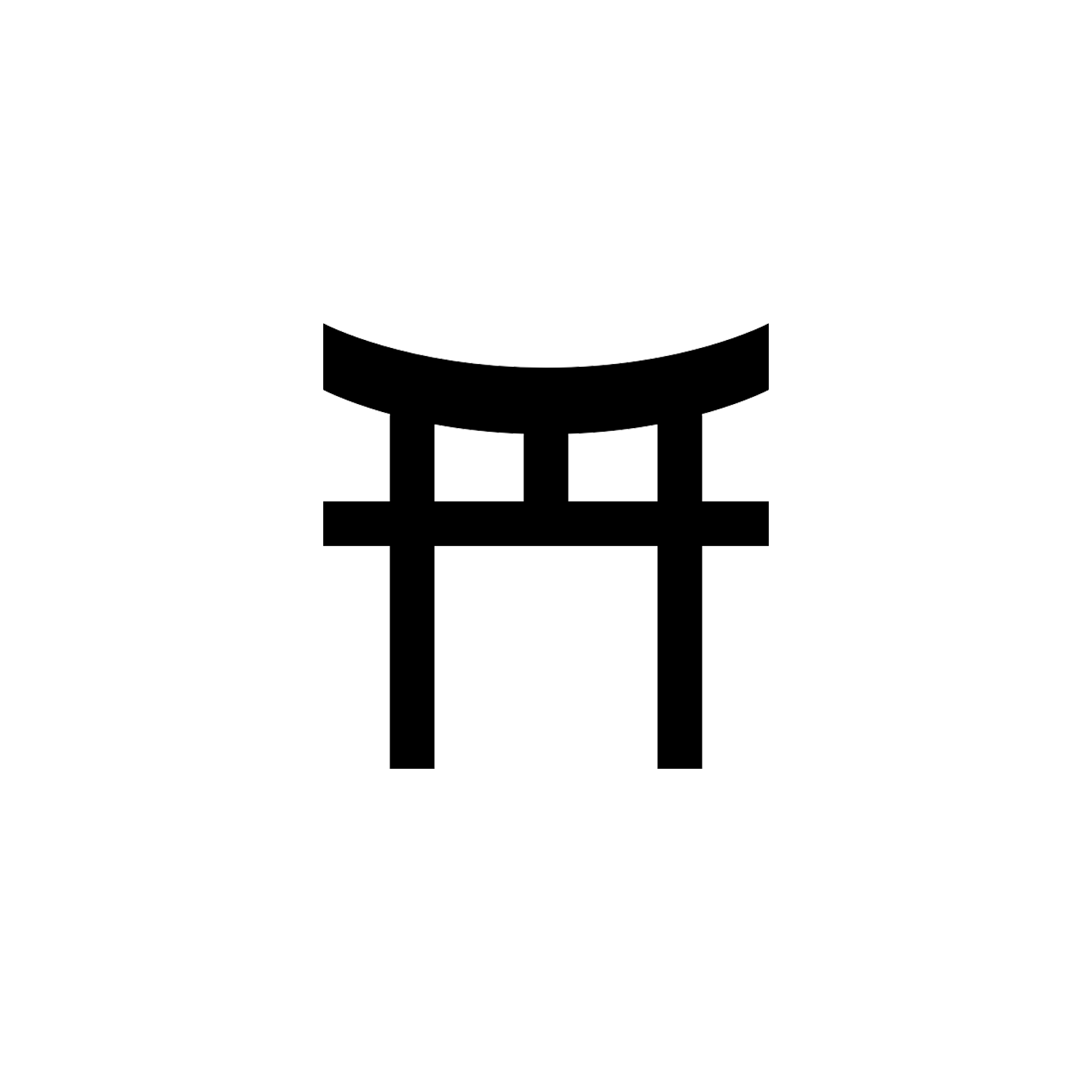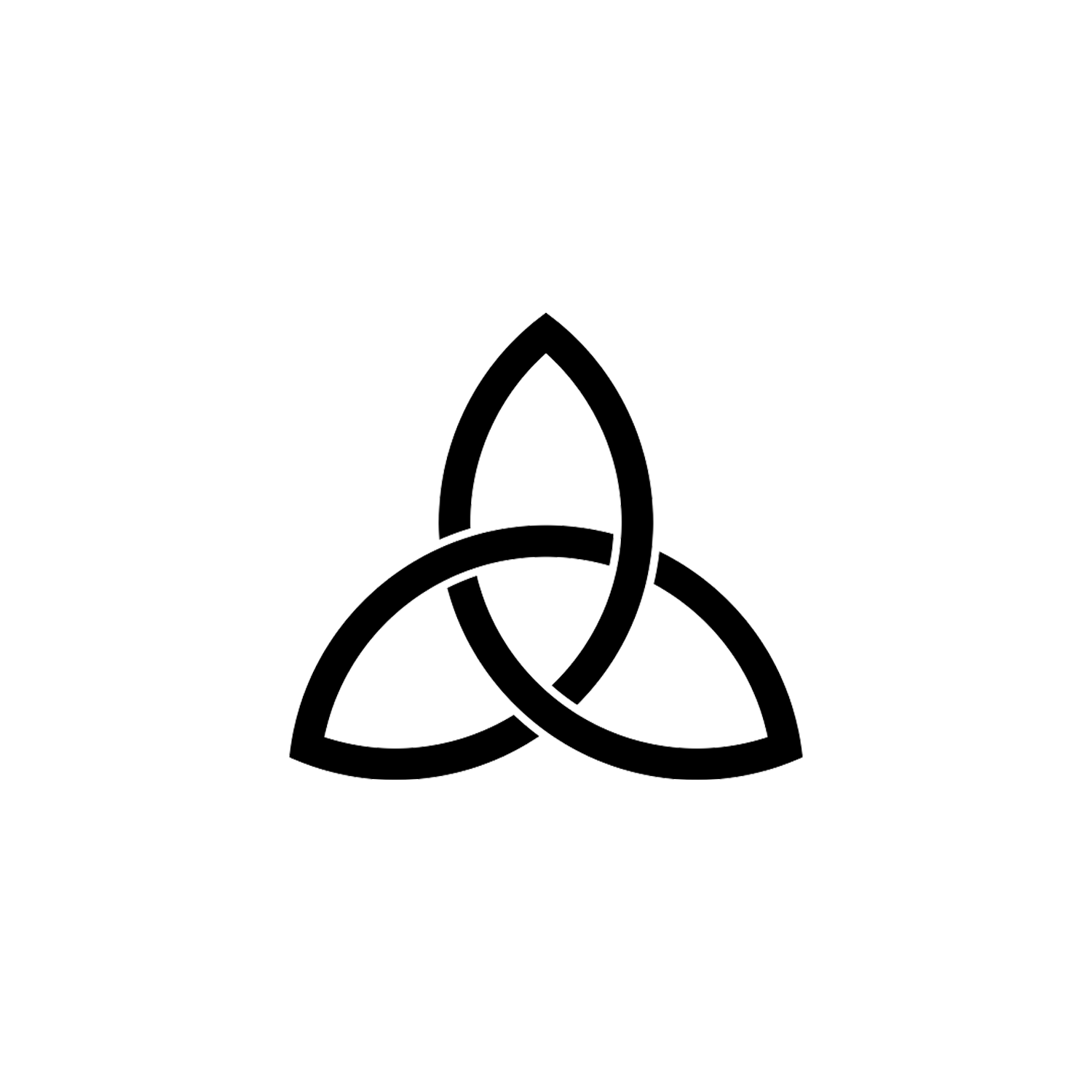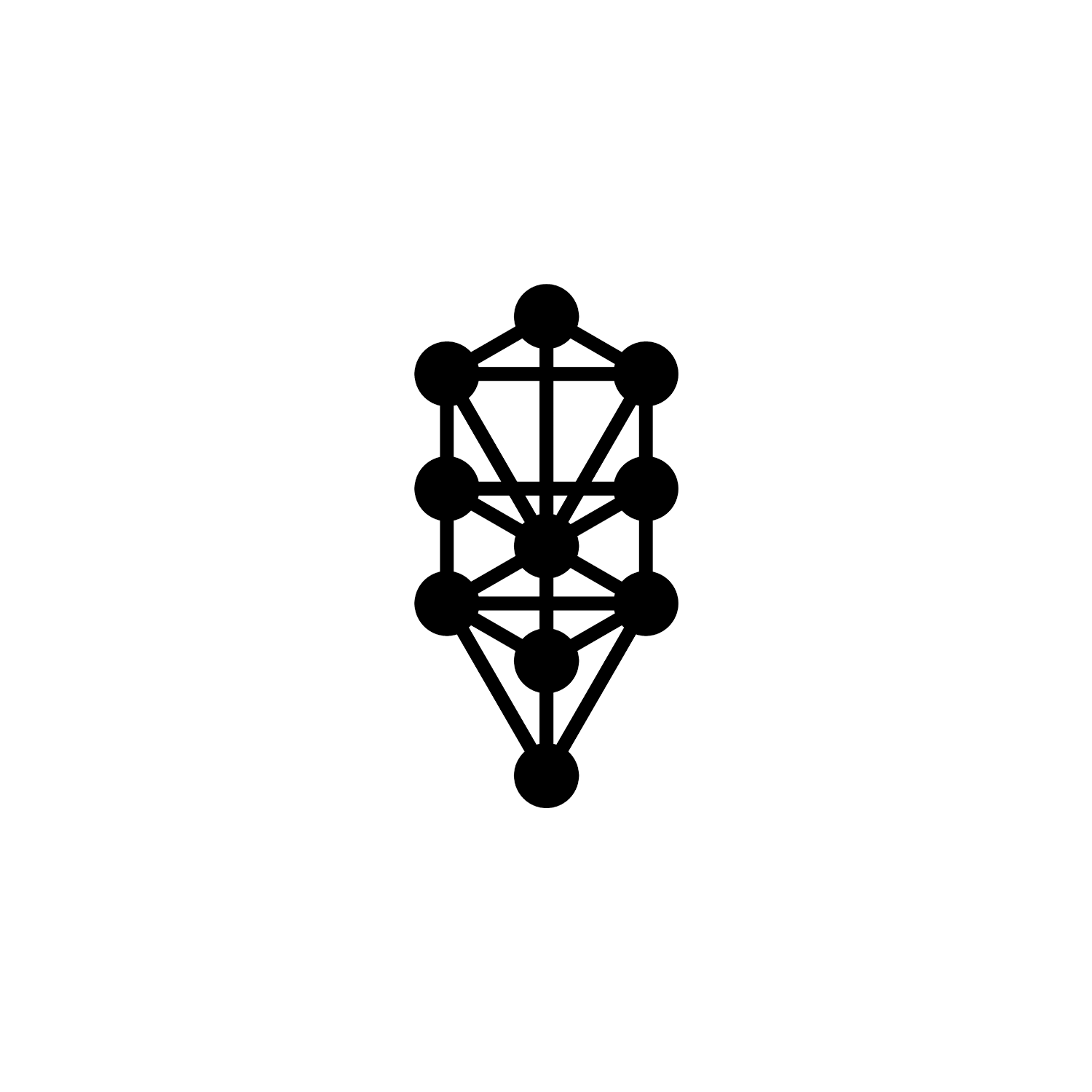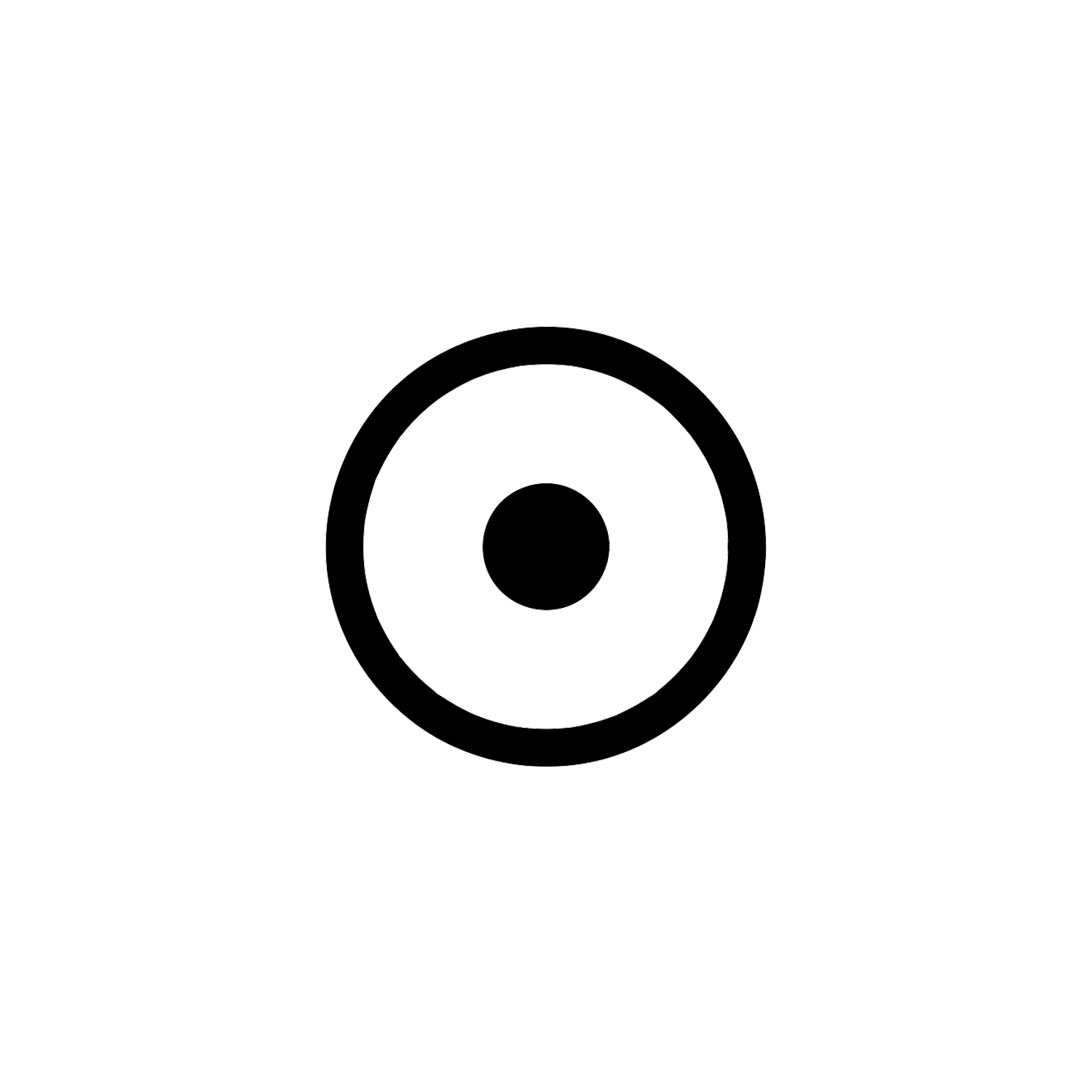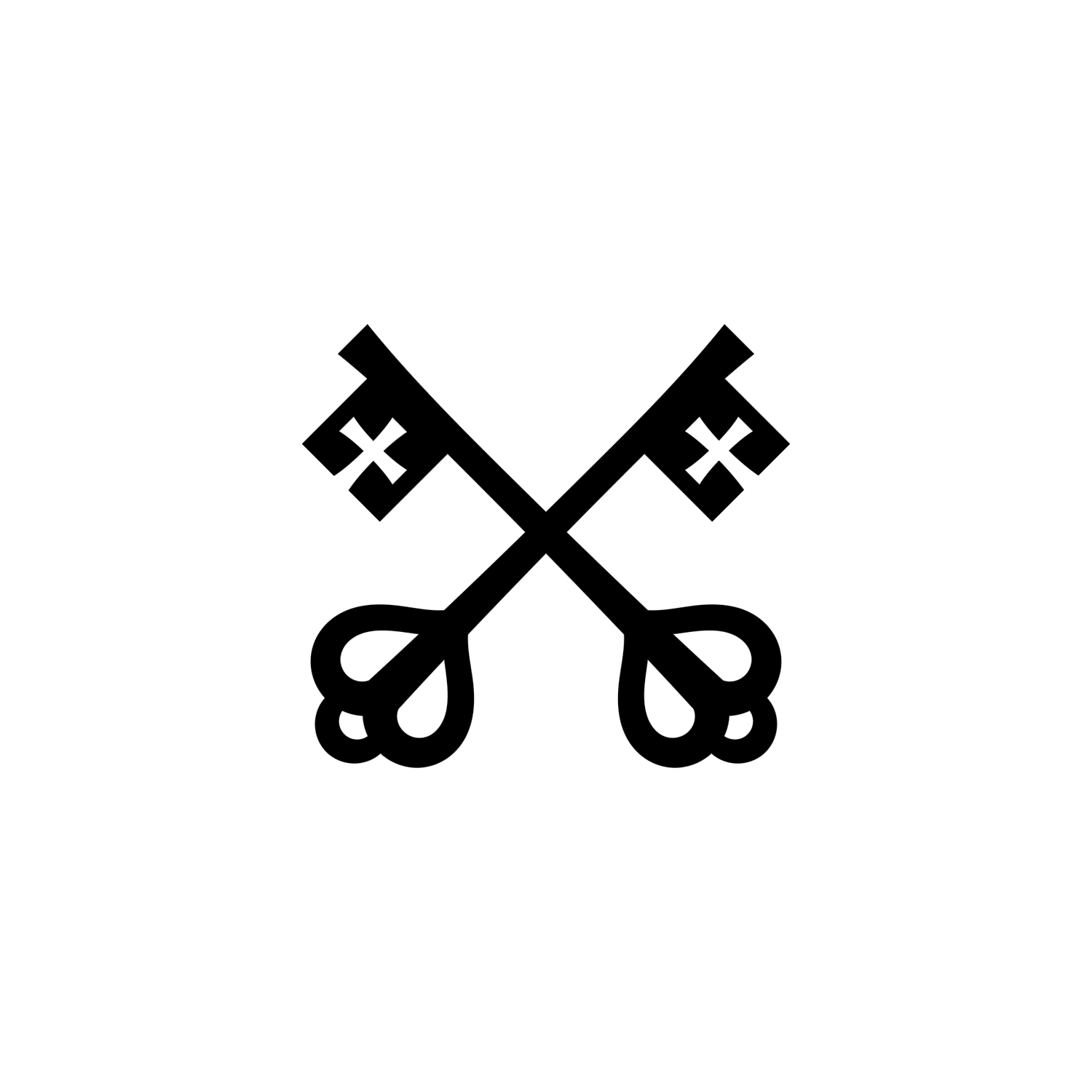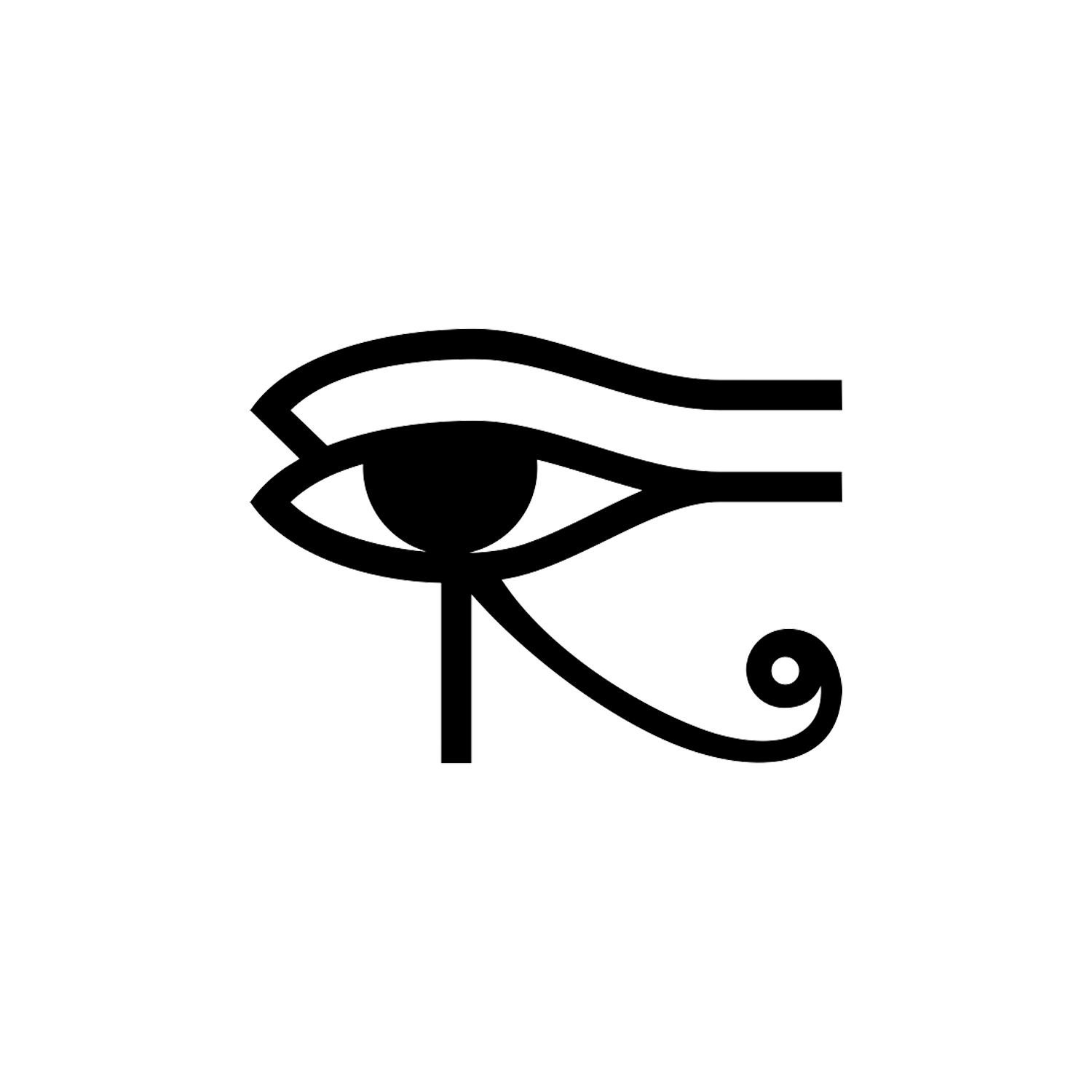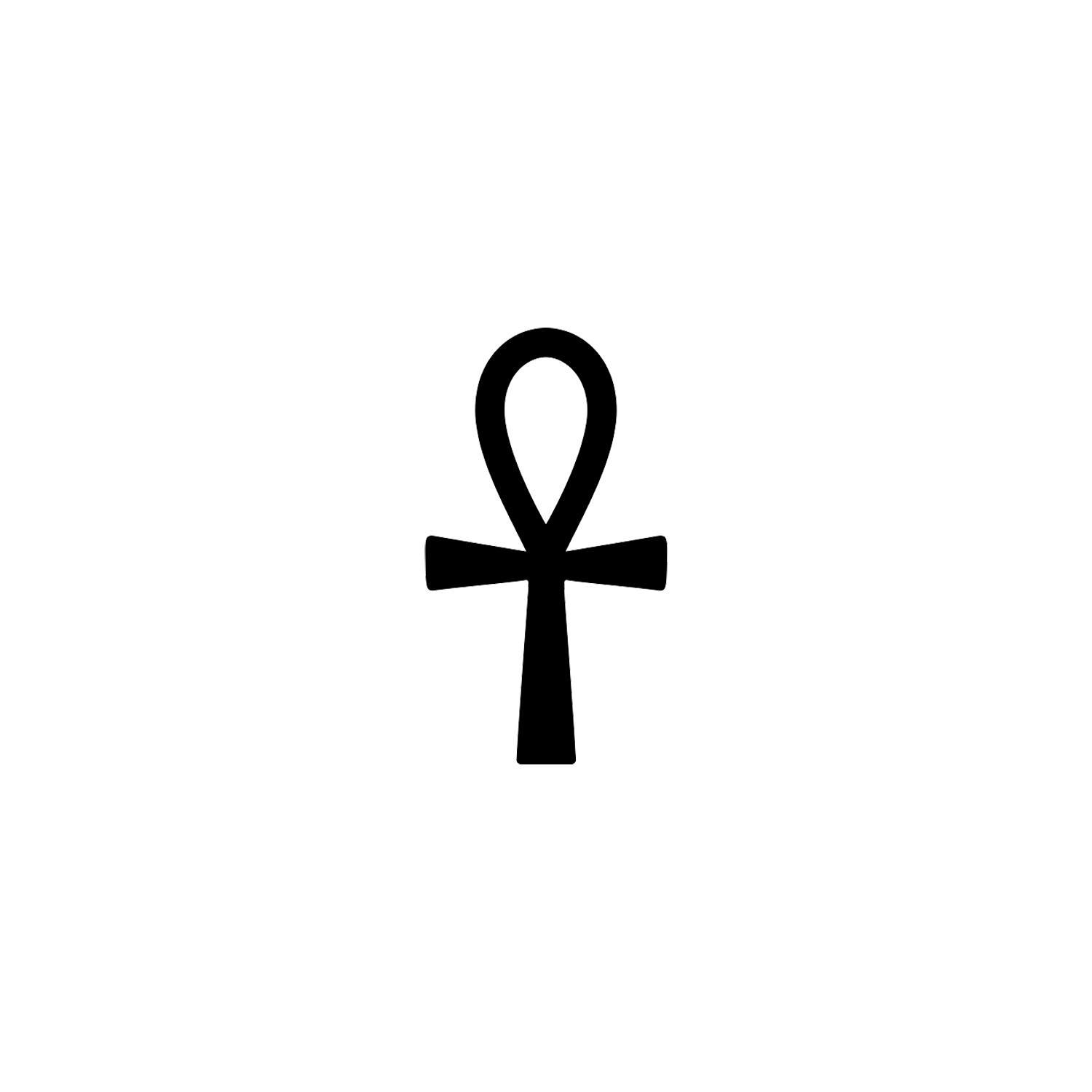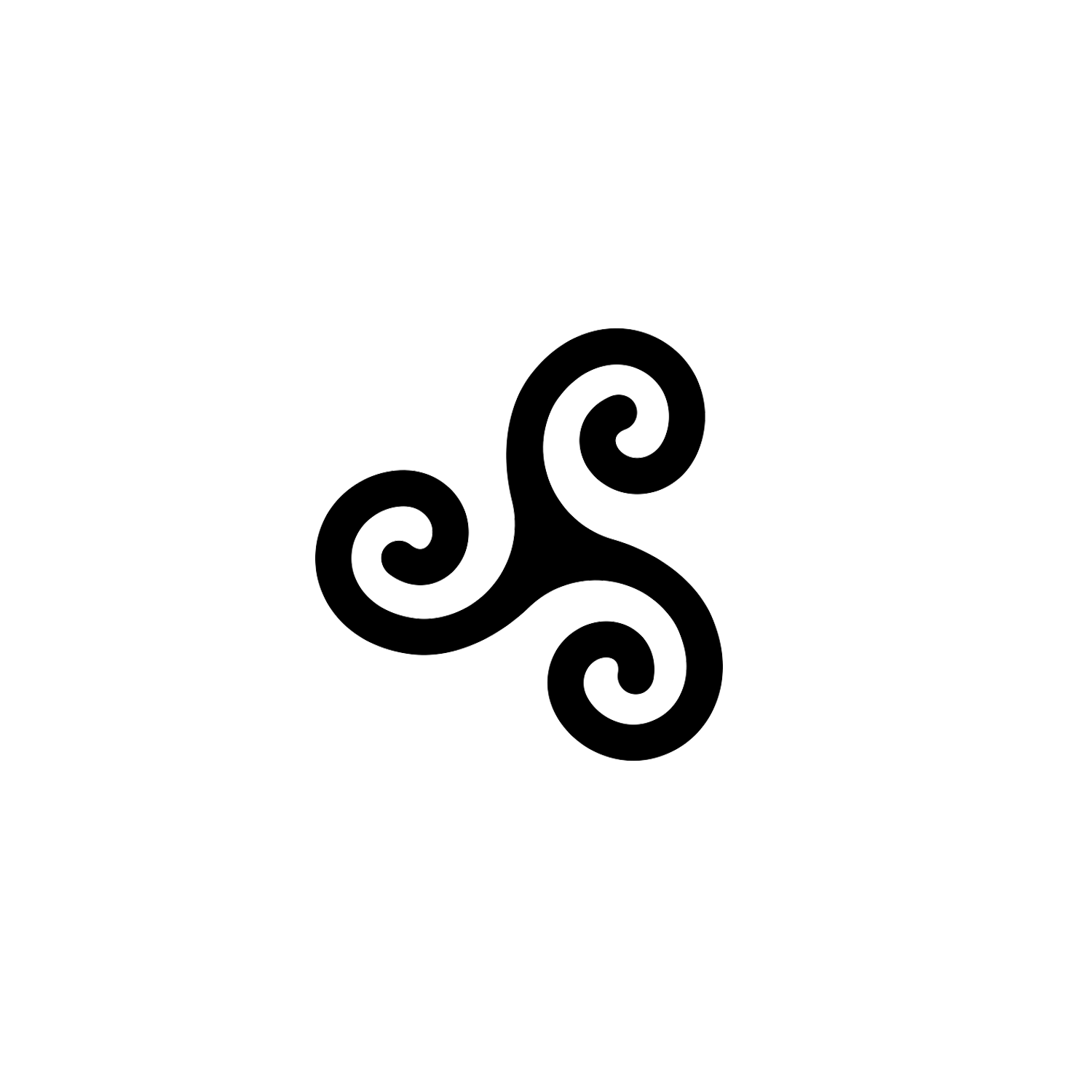Shield of the Trinity


Shield of the Trinity
Also known as Scutum Fidei.
Overview
The Shield of the Trinity or Scutum Fidei (Latin for “shield of faith”) is a traditional Christian visual symbol which expresses many aspects of the doctrine of the Trinity, summarizing the first part of the Athanasian Creed in a compact diagram.
In late medieval Europe, this emblem was considered to be the heraldic arms of God (and of the Trinity).

Origin and Meaning
This diagram consists of four nodes (generally circular in shape) interconnected by six links.
The three nodes at the edge of the diagram are labelled with the names of the three persons of the Trinity (traditionally the Latin-language names, or scribal abbreviations thereof): The Father (“PATER”), The Son (“FILIUS”), and The Holy Spirit (“SPIRITUS SANCTUS”). The node in the center of the diagram (within the triangle formed by the other three nodes) is labelled God (Latin “DEUS”), while the three links connecting the center node with the outer nodes are labelled “is” (Latin “EST”), and the three links connecting the outer nodes to each other are labelled “is not” (Latin “NON EST”).

The links are non-directional—this is emphasized in one thirteenth-century manuscript[1] by writing the link captions “EST” or “NON EST” twice as many times (going in both directions within each link)—and is shown in some modern versions of the diagram by superimposing each occurrence of the “is” / “is not” text on a double-headed arrow ↔ (rather than enclosing it within a link).
The precise origin of this diagram is unknown, but it was evidently influenced by 12th-century experiments in symbolizing the Trinity in abstract visual form—mainly by Petrus Alfonsi’s Tetragrammaton-Trinity diagram of c. 1109 (and possibly also by Joachim of Fiore’s different Tetragrammaton-Trinity diagram of three circles, which in turn led to the Borromean rings being used as a symbol of the Trinity [2]), in combination with the Athanasian Creed.
The Shield of the Trinity diagram is attested from as early as a c. 1208–1216 manuscript of Peter of Poitiers’ Compendium Historiae in Genealogia Christi, but the period of its most widespread use was during the 15th and 16th centuries, when it is in found in a number of English and French manuscripts and books (such as the Sherborne Missal[3]), and as part of stained-glass windows and ornamental carvings in a number of churches (many in East Anglia).
The diagram was used heraldically from the mid-13th century, when a shield-shaped version of the diagram (not actually placed on a shield) was included among the c. 1250 heraldic shields in Matthew Paris’ Chronica Majora, while the c. 1260 allegorical illustrations of a knight battling the seven deadly sins in a manuscript of William Peraldus’ Summa Vitiorum, and of a woman penitent fending off diabolical attacks in the De Quincy Apocalypse, show the diagram placed on a shield.

The diagram was used heraldically from the mid-13th century, when a shield-shaped version of the diagram (not actually placed on a shield) was included among the c. 1250 heraldic shields in Matthew Paris’ Chronica Majora, while the c. 1260 allegorical illustrations of a knight battling the seven deadly sins in a manuscript of William Peraldus’ Summa Vitiorum, and of a woman penitent fending off diabolical attacks in the De Quincy Apocalypse, show the diagram placed on a shield.


In the 15th century, one form of the Shield of the Trinity was considered to be the coat of arms of God (see discussion below). The use of the diagram declined in England with the rise of Protestantism, and from the 17th century to the early 19th century, it was mainly of interest to historians of heraldry; but beginning in the 19th century it underwent a limited revival as an actively used Christian symbol among English-speaking Christians, partly due to being included in books such as the Handbook of Christian Symbolism by William James Audsley and George Ashdown Audsley (1865).
The Name
The only name for this diagram which was in any regular use during the Middle Ages was “Scutum Fidei” (a Latin phrase meaning “Shield of the Faith”, taken from the Vulgate of Ephesians verse 6:16). For example, in this c. 1247–1258 manuscript[1] of John of Wallingford’s writings, the quote from Ephesians 6:16 is placed directly above the diagram.
The particular phrase “Shield of the Trinity”, which is now the most common name for the diagram in English, didn’t come into regular use until the 20th century. However, it is called in Latin Scutum Sancte Trinitatis or “Shield of the Holy Trinity” (where sancte is a medieval form for more classical sanctae) on the font in Crosthwaite Church, near Keswick, Cumbria, England. Other variant names are “Arms of the Trinity”, “Shield of the Blessed Trinity”, “Emblem of the Trinity”, “Arms of the Faith”, “Emblem of the Holy and Undivided Trinity”, etc.

Variations
A shield-shaped version of the diagram placed on a red shield (heraldic “gules”) was attributed as the arms of God (and of the Trinity) by heralds in 15th-century England and France. The “banner of the Trinity” which Jean Le Fevre, Seigneur of St. Remy, and Jehan de Wavrin attest that Henry V of England displayed at Agincourt would have been the same (but with the emblem on a red flag instead of a red shield).
The diagram on a blue shield (heraldic “azure”) was the coat of arms of the Priory of Black Canons (monastery of Christ Church) near Aldgate in the City of London (see also the 15th-century coat of arms attributed to St. Michael the Archangel and the modern coat of arms of the Anglican diocese of Trinidad shown below). Two of the 13th-century manuscripts have the diagram on a green shield (heraldic “vert”), which is also found in the coat of arms of Trinity Parish, Jersey shown below. Green is the color of Trinity Sunday or the Trinity liturgical season in some traditions.
Other variant forms of the diagram have the lettering on nodes and links with a yellow background color (instead of white), since “or” (i.e. gold/yellow) is the other heraldic “metal” color. So the arms attributed to St. Faith in late medieval England consist of a diagram with lettering on yellow, placed on a red or blue shield, while the parish of the Forest, Guernsey uses a diagram with lettering on white or yellow nodes and links, placed on a green shield.
In the Middle Ages, the shield-shaped version of the diagram was sometimes imagined as a protective shield wielded by the Archangel Michael, or by an ordinary soul, in the spiritual warfare against dark forces described in Ephesians chapter 6 (as in the c. 1260 allegorical illustrations in manuscripts of Peraldus’ Summa Vitiorum and the De Quincy Apocalypse).
A symmetrical rounded form of the diagram with one vertex up and two down was apparently popularized in the modern period by the Audsleys’ Handbook of Christian Symbolism; this rounded form also occurs with one vertex down and two up.
The outer node captions can be reduced to simple initials (“P”, “F”, and “SS”).

On the coat of arms of Trinity Parish, Jersey shown below, all four node captions are reduced to single initials, and in some late medieval English church decorations (such as the bench end at Holy Trinity church,[4] Blythburgh, Suffolk and the font at St John the Baptist church,[5] Butley, Suffolk) the four connected circles are intended as a symbol of the Trinity even when all text is omitted.
Obviously, many further slight artistic variations can occur in the relative sizes of nodes and links, their exact placement, in lettering styles, in further decorative elaboration, etc. Occasionally one or more of the outer nodes is drawn as a non-circular shape to fit within a space allotted.
Also, the diagram can be color-coded in order to bring out the interrelationships between its elements more clearly; in the version included above, the positive or asserting parts of the diagram are shown in black, while the negative or denying parts of the diagram are in red. This is similar to the version of the Shield of the Trinity present in a 15th-century stained glass window in St. Peter and St. Paul church, Fressingfield, Suffolk, England (where only the positive or asserting parts of the diagram are shown—see link below).
Finally, a version of the diagram with translated English-language captions is shown in the illustration above. (For simplicity, the definite article could also be left out of the English translations of the outer node captions, as in the next illustration below.) In the Middle Ages, Latin was the liturgical language and main language of scholarship of Western Europe, so that Latin captions were then most often used (but at least one old rendition of the diagram in another language is attested in the c. 1260 Anglo-Norman French allegorical illustration in the De Quincy Apocalypse).
Diagram and Outer Nodes
The diagram below shows the earliest and most recent major variants of the “Shield of the Trinity” diagram: On the left, the form attested in various manuscripts c. 1208–1260 AD, and on the right the form popularized among some English-speaking Protestants in recent years by Paul P. Enns’ 1989 book The Moody Handbook of Theology and H. Wayne House’s 1992 book Charts of Christian Theology and Doctrine. Note that in the 13th-century manuscripts, the cross is often drawn as a detailed artistic illumination of Christ on the cross, which is not attempted here.

As the First Person of the Trinity, the Father is always in the most honorable position in the diagram. So in the form of the diagram with one vertex down, the caption “PATER” or Father is always placed in the top left node (which is heraldically the top right or “dexter chief”, when considered from the point of view of someone holding the shield from behind). And in the form of the diagram with one vertex up, the caption “PATER” or Father is always placed in the topmost node. The placement of the captions “FILIUS” or Son and “SPIRITUS SANCTUS” or Holy Spirit in the remaining two outer nodes can vary.
In the 13th-century versions of the diagram, the caption “FILIUS” is placed in the bottom node, and often a cross is drawn in the link between the center node and the bottom node, in order to symbolize the idea that the Second Person of the Trinity entered into the world (or that “The Word was made flesh”, as is stated in a Latin annotation on the diagram included in Matthew Paris’ Chronica Majora which quotes from the Vulgate of John verse 1:14).
However, when this form of the Shield of the Trinity diagram with one vertex down is used after the 13th century, the Son is much more often placed in the top right node, and the Holy Spirit in the bottom node (as shown in the illustrations above).
A few authors of 20th-century books on Christian symbolism (such as Edward N. West in Outward Signs: The Language of Christian Symbolism, 1989) have been of the opinion that the form of the diagram with one vertex down and the captions “PATER” and “FILIUS” in the two top nodes is more appropriate for Western Christianity with its Filioque, while the form of the diagram with one vertex up represents more closely the doctrine of the Trinity in Eastern Christianity (without the Filioque)—though this hyper-refined interpretation does not agree with 13th-century usage, nor with the use of versions of the diagram with one vertex up by modern Catholics and Protestants.

Conclusion
The Shield of the Trinity, also known as the Scutum Fidei (Latin for “shield of faith”), is an iconic Christian symbol that visually represents various facets of the Trinity doctrine, encapsulating key elements of the Athanasian Creed in a concise diagram. During the late medieval period in Europe, this emblem was regarded as the heraldic representation of God and the Trinity.
[1] Wight, Colin. "Diagram of the Shield of the Trinity, in a Compilation of John of Wallingford's Works". British Library.
[2] "Borromean Rings in Christian Iconography". Archived from the original on 2012-04-14. Retrieved 2012-04-07.
[3] "Sacred Texts: Sherborne Missal". British Library.
Latest Symbols
Monthly Digest
A summary of symbols for the month in a quick read format straight to your inbox.

